OPEN ASSEMBLY
Experiments in Aesthetics and Politics

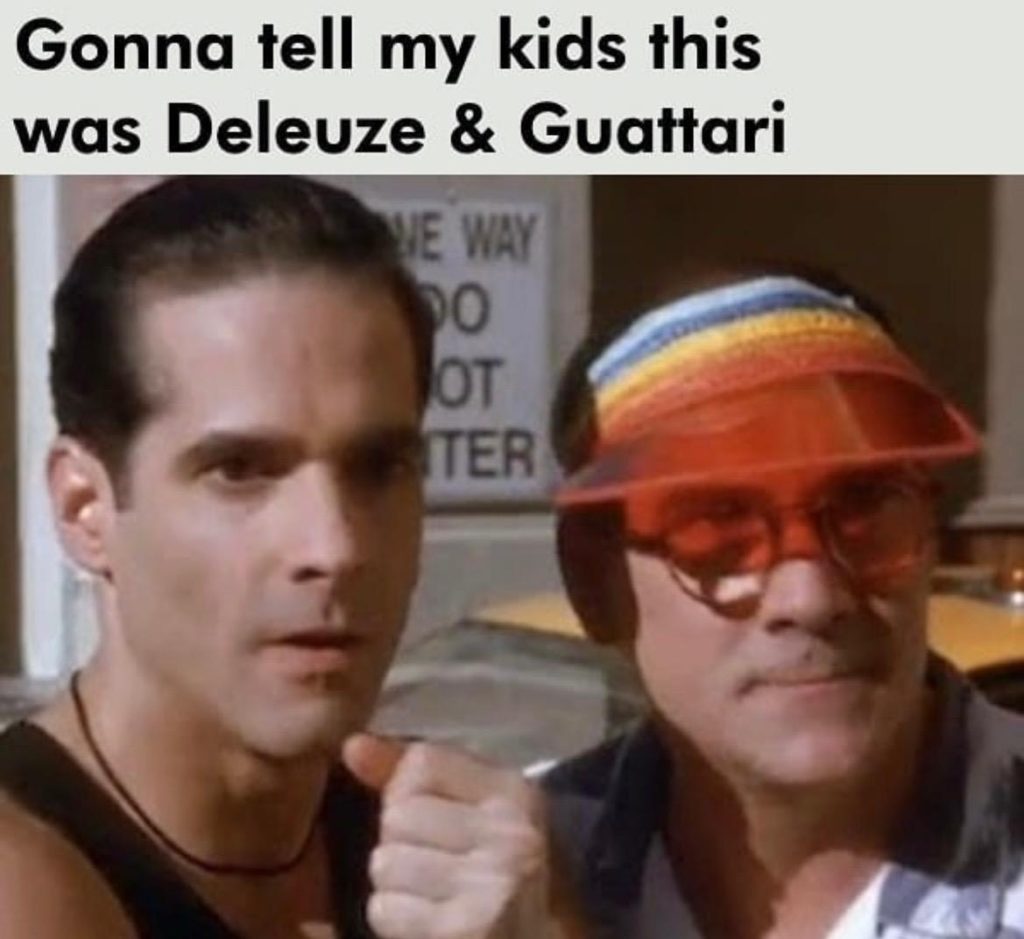

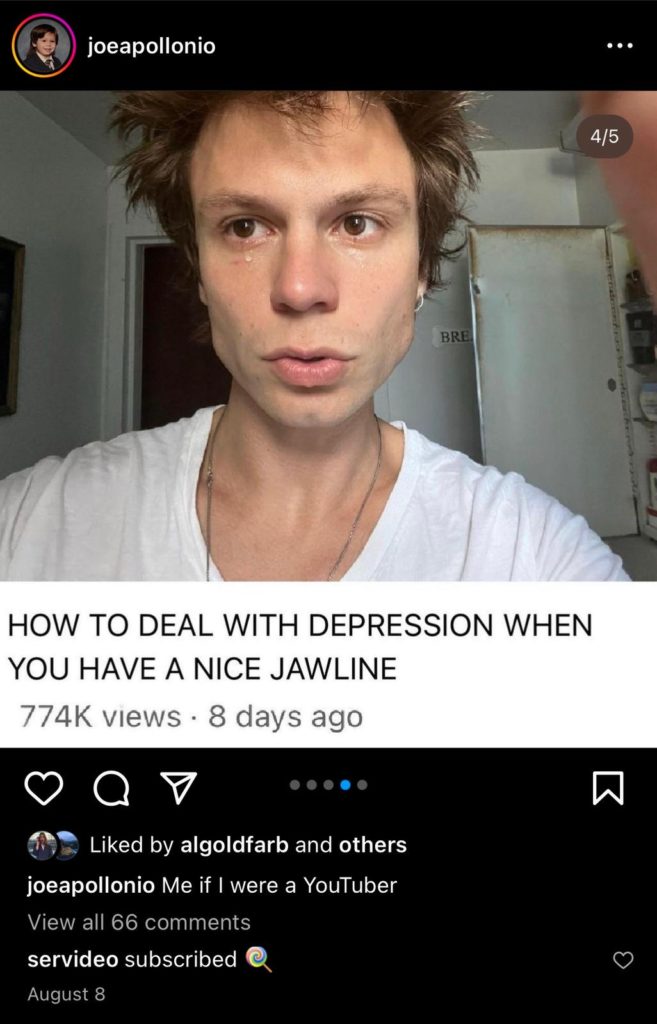



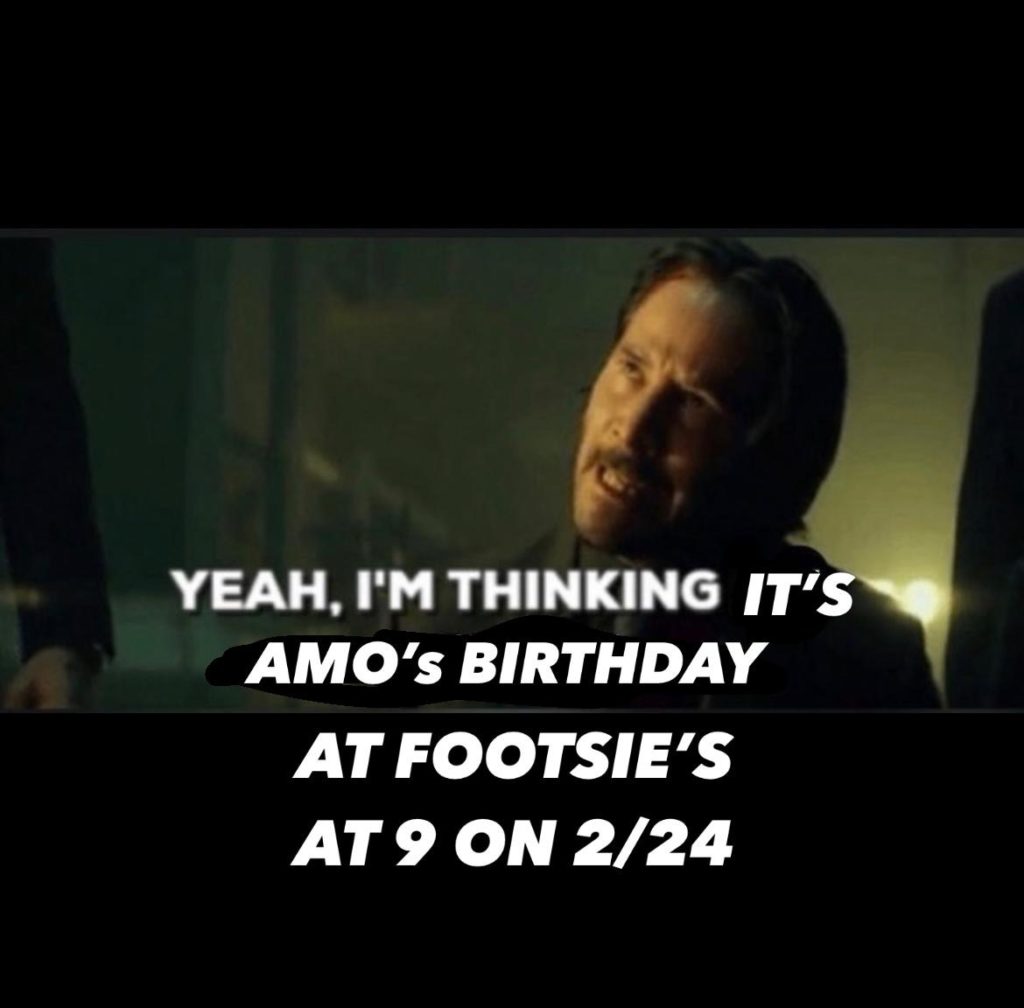
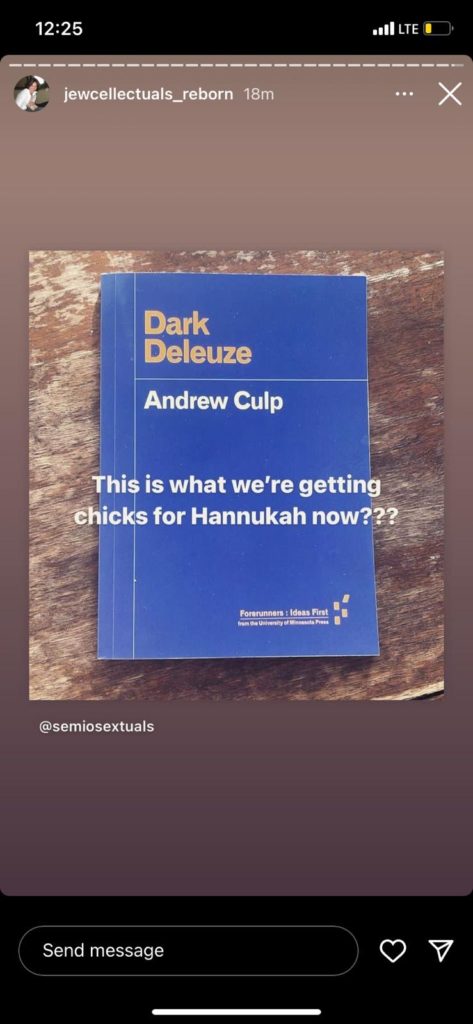
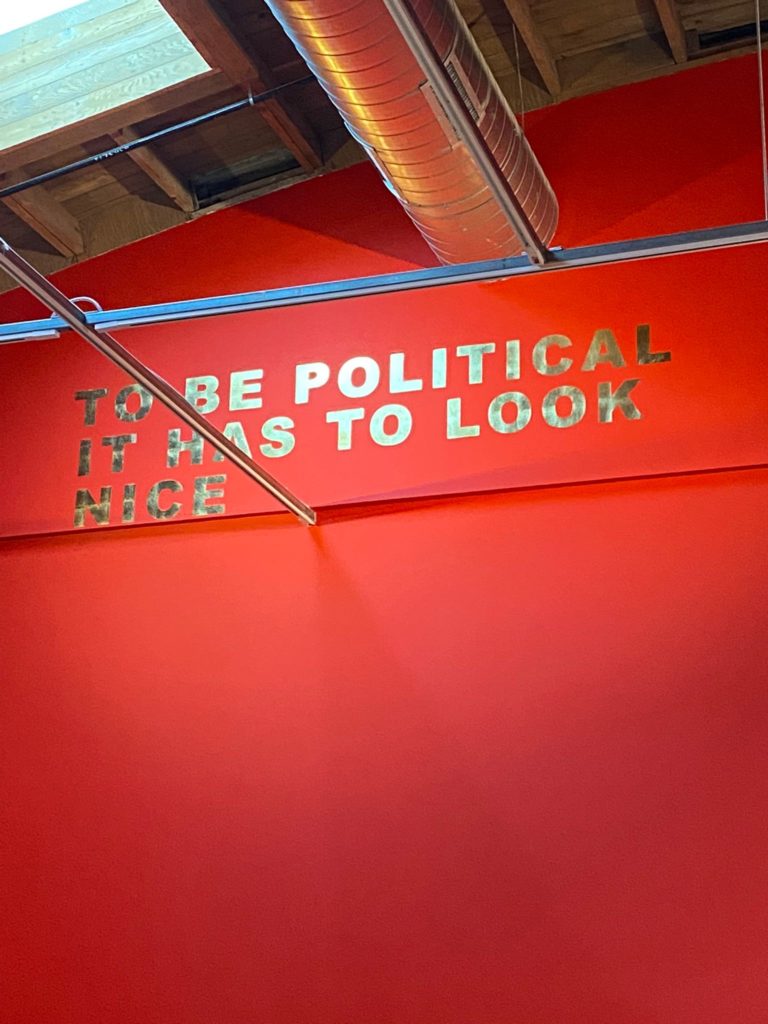
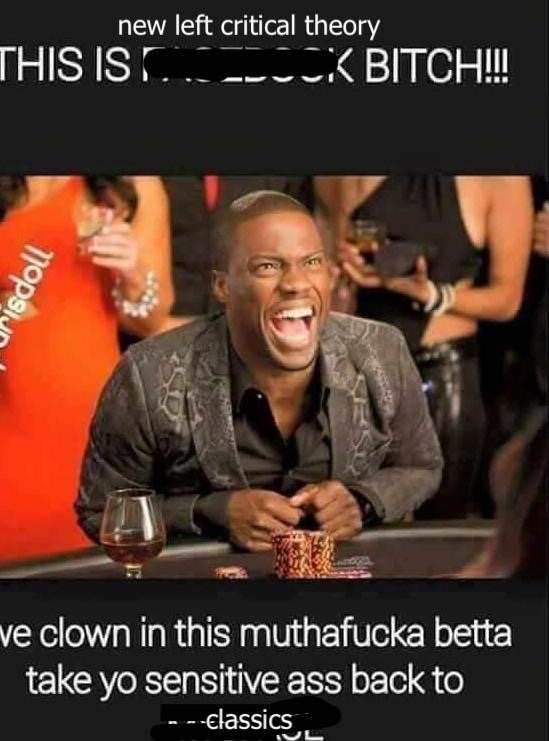
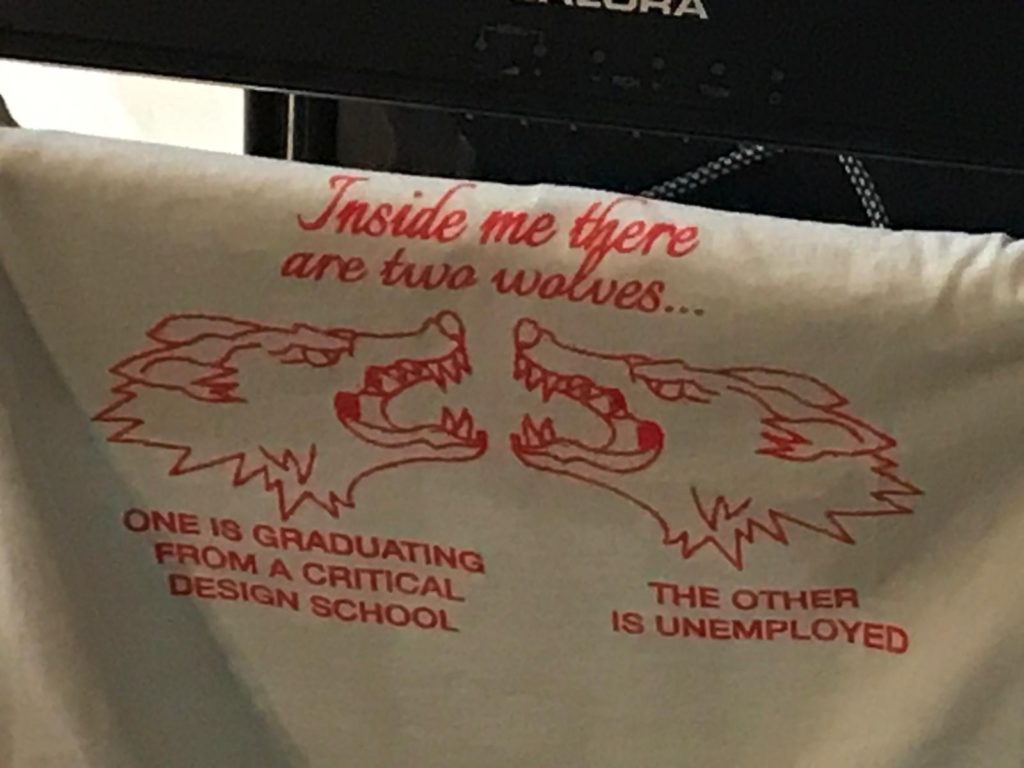
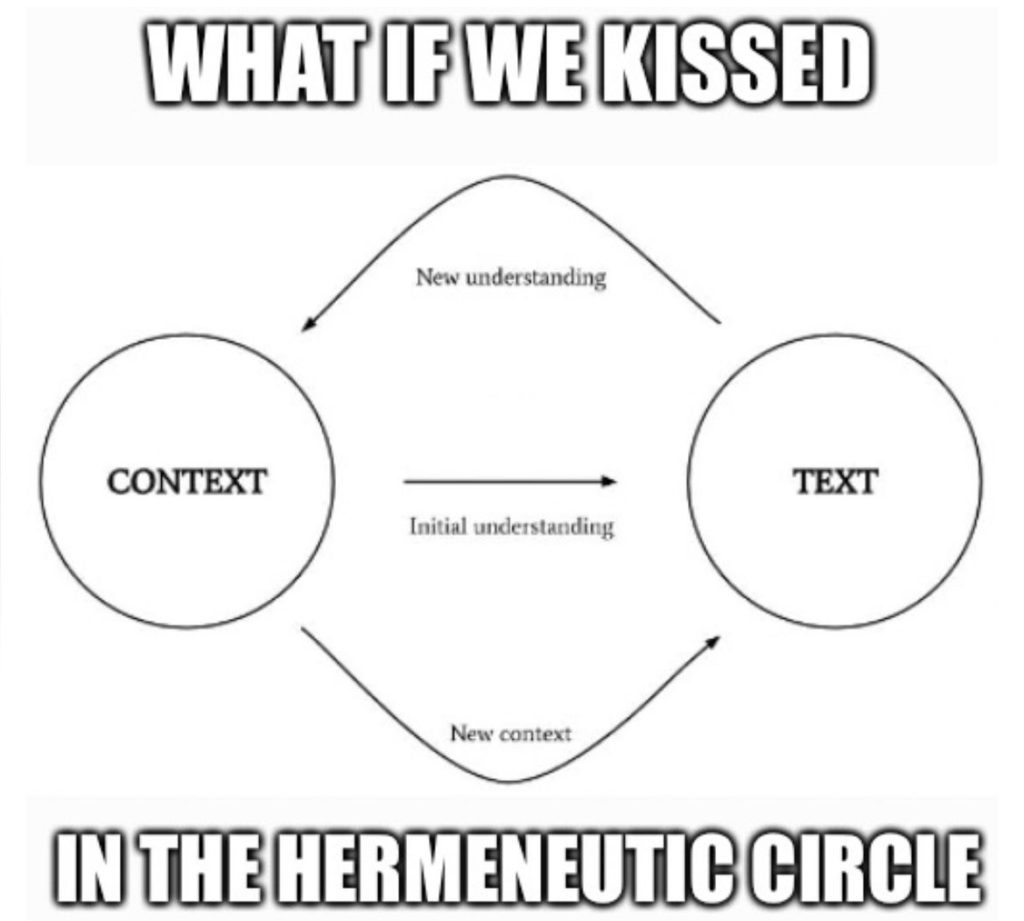

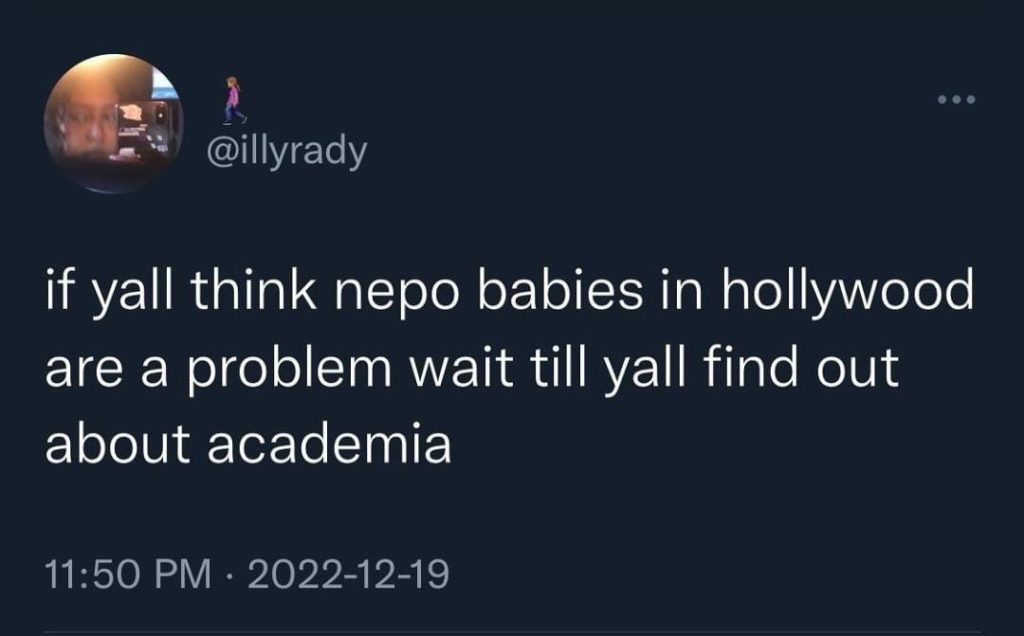
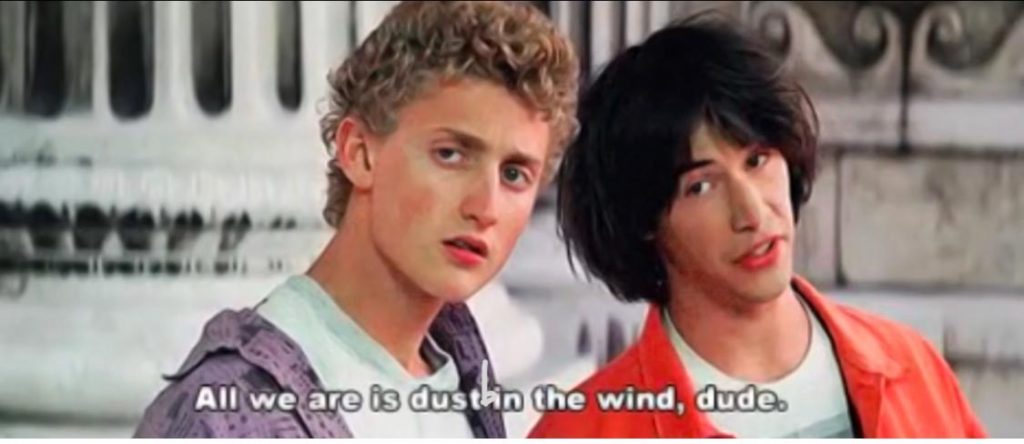


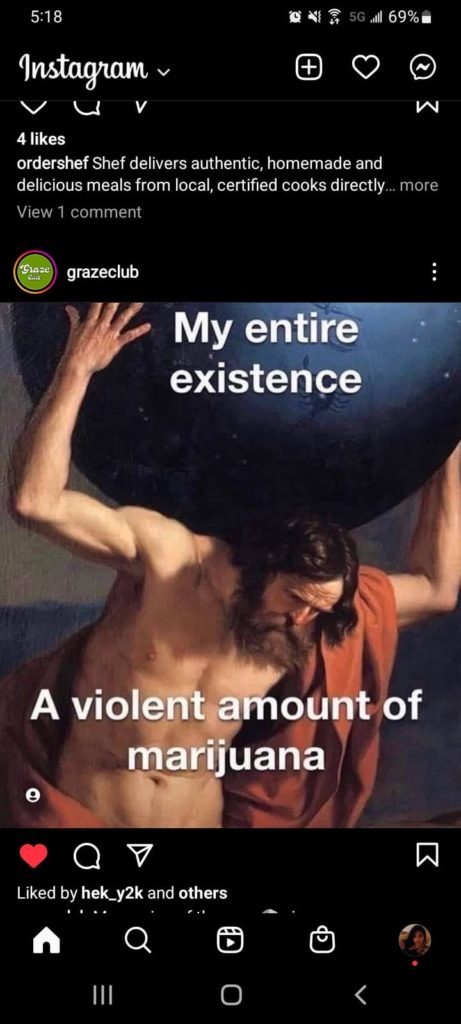
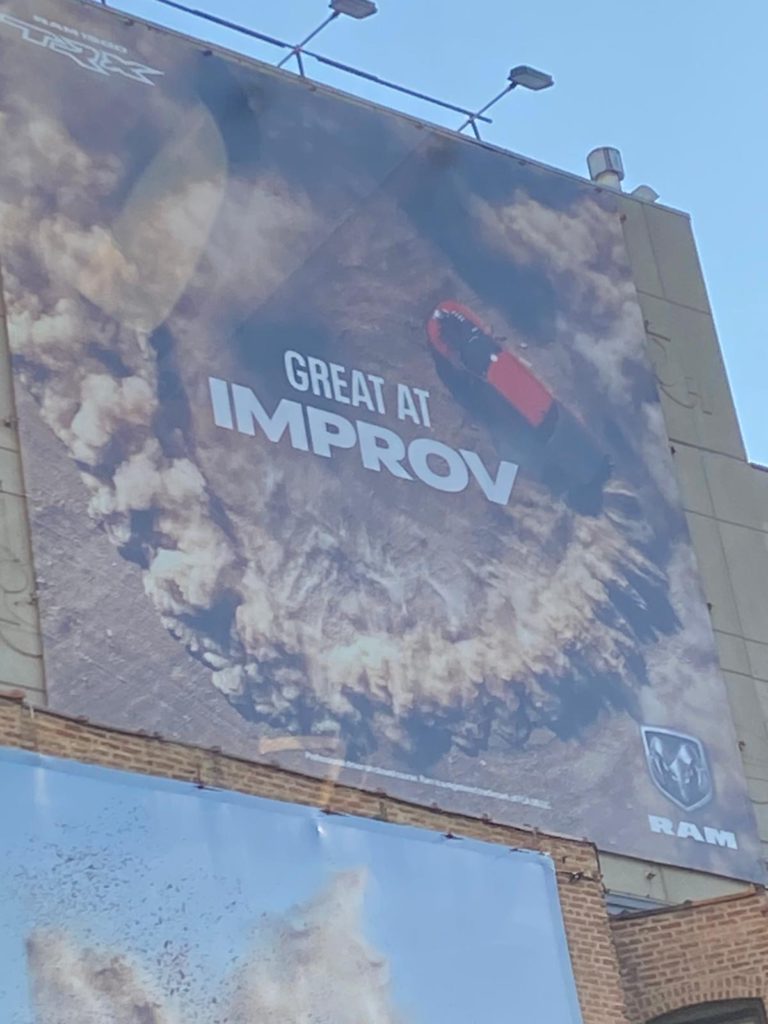
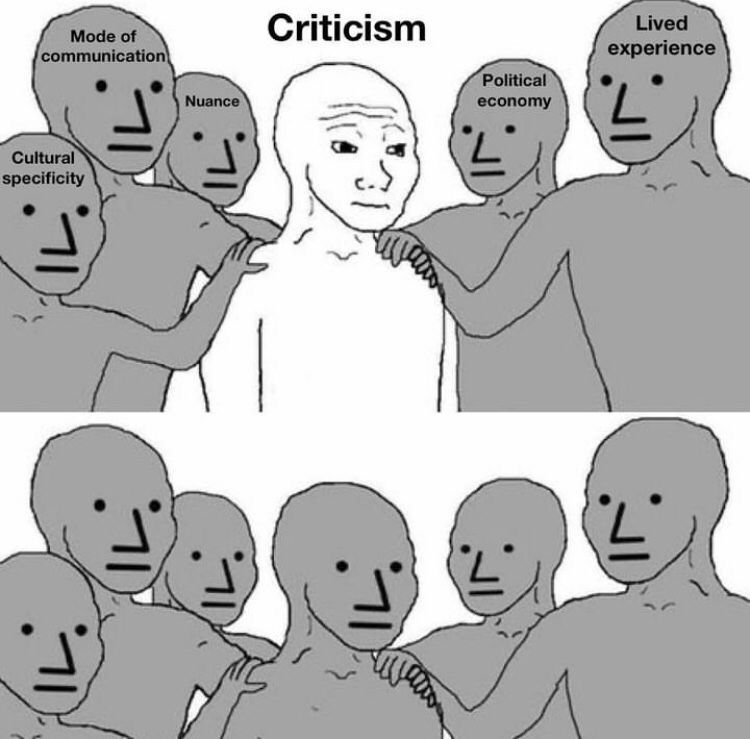
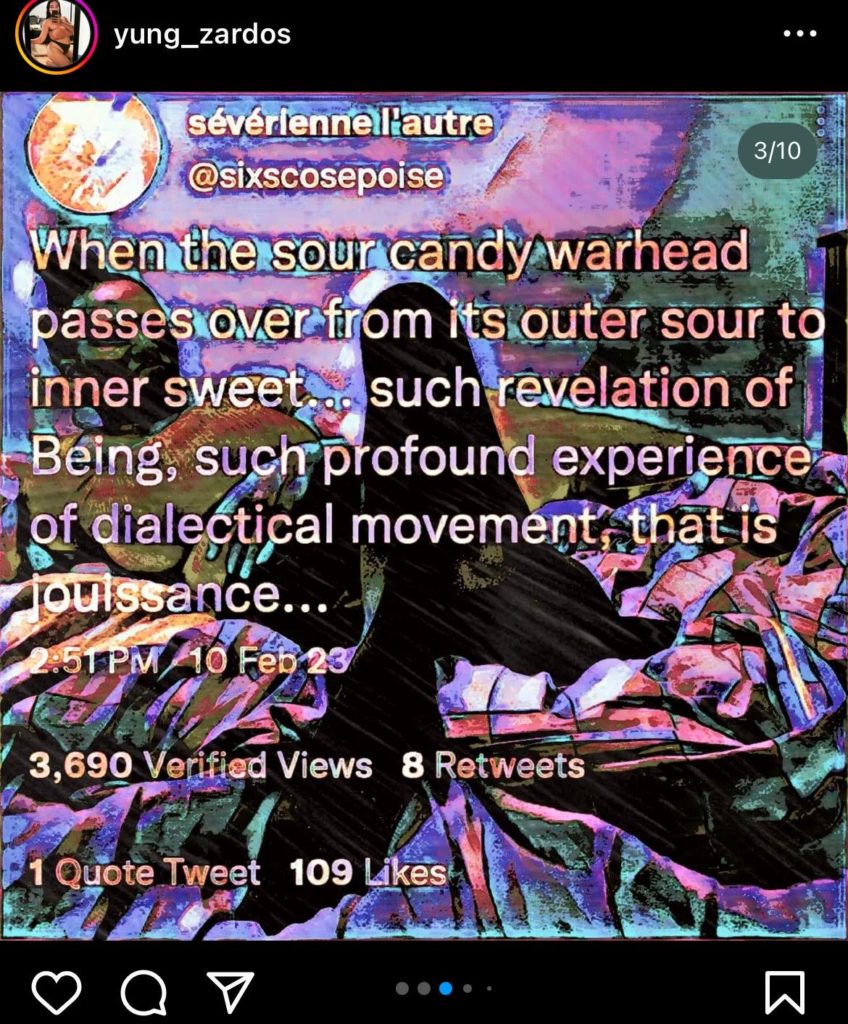
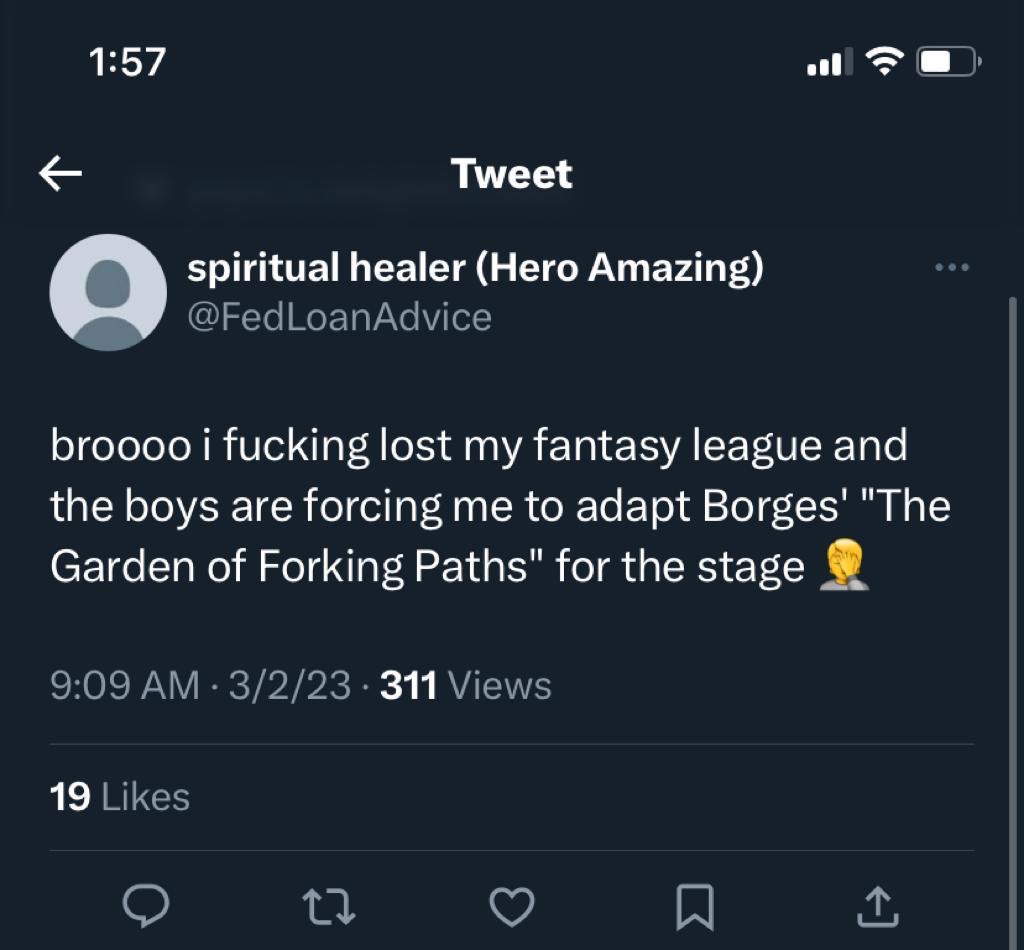
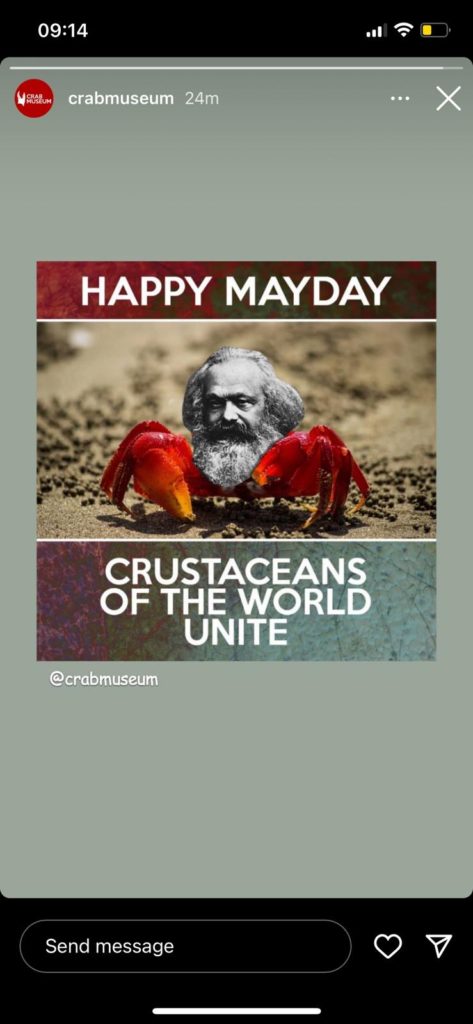
[ pending ]
[ pending ]
[ pending ]
[ pending ]
[ pending ]
[ pending ]
[ pending ]
[ pending ]
[ pending ]
[ pending ]
[ pending ]
On November 19th, 2021, John-Michael Rivera, Associate Professor of English at the University of Boulder Colorado, will deliver a public lecture entitled “Eluding All Documentation” as part of CalArts’ Aesthetics and Politics Lecture Series. The talk can be a viewed live at 7:00 pm PST (as well as streamed anytime after) on the Aesthetic and Politics YouTube channel.
Rivera’s first book, The Emergence of Mexican America (NYU Press, 2007) won the Thomas J Lyon Best Book Award, and his second book, UNDOCUMENTS, U of Arizona Press, recently won the Kayden Award. He has edited, introduced, and translated two books for the Recovering the US Hispanic Literary Heritage Project and has published widely in criticism, memoir, creative nonfiction, poetry, and scholarship. He is the curator of El Laboratorio, a literary space for Latinx writers, and CrossBorders, an international collective of writers and artists engaging borders. He was the co-founder of Shadowbox Magazine, a literary journal for creative nonfiction and has also served as the editor of ELN, English Language Notes.
In his forthcoming work, UNDOCUMENTS, John-Michael Rivera brushes archival histories, digital encyclopedias, and physical texts against the grain, examining their various roles in the production of an “undocumented” state of being, particularly as it pertains to Latinx peoples. The term undocumented, Rivera contends, creates as it erases: it locates an absence (a lack of documentation), but only through the naming of a presence (a person, or group of people, who occupy an undocumented state), thus constantly negotiating a, “condition somewhere between the living and the dead” (Rivera). Attempting to document the undocumented is both liberatory and repressive: it preserves the undocumented from erasure, yet also accords legitimacy to forms of documentation which originally produced the undocumented. Documentation is thus not a fixed state, but rather a continuous negotiation between death and rebirth. This contradictory logic of documentation drives Rivera towards an anxious relationship to documents: he describes them as providing “spectral” whispers of erased lives, yet also fears that, due to the history under which they are produced, they cannot possibly reflect the lives of the undocumented without inflicting a level of violence. Documents of the undocumented betray the real lives of the undocumented – the narratives from which we might reconstruct an image of their lives are, by virtue of their form, already false narratives. It is for this reason that Rivera obsessively returns to the refrain, “how do you document the undocumented?” (Rivera).
Invoking Gloria Anzaldua’s term la facultad, Rivera describes his work as sensing of structural truths hidden within superficial source materials. In his writing, Rivera assembles documents together in order to expose these hidden truths, uncovering spectral traces of the undocumented. He attempts to overcome the deficiencies of archives and historical records through the use of subjective manipulation, poetically rearranging documents in order to both draw out hidden connections between them as well as to undermine their solitary authority as isolated records of life. Rather than construct a unified argument on documentation and the undocumented, Rivera actively embraces his position within the continuous negotiation and production of undocumented states of being, attempting to complicate rather than solve the tension between the living and the dead which defines undocumented states.
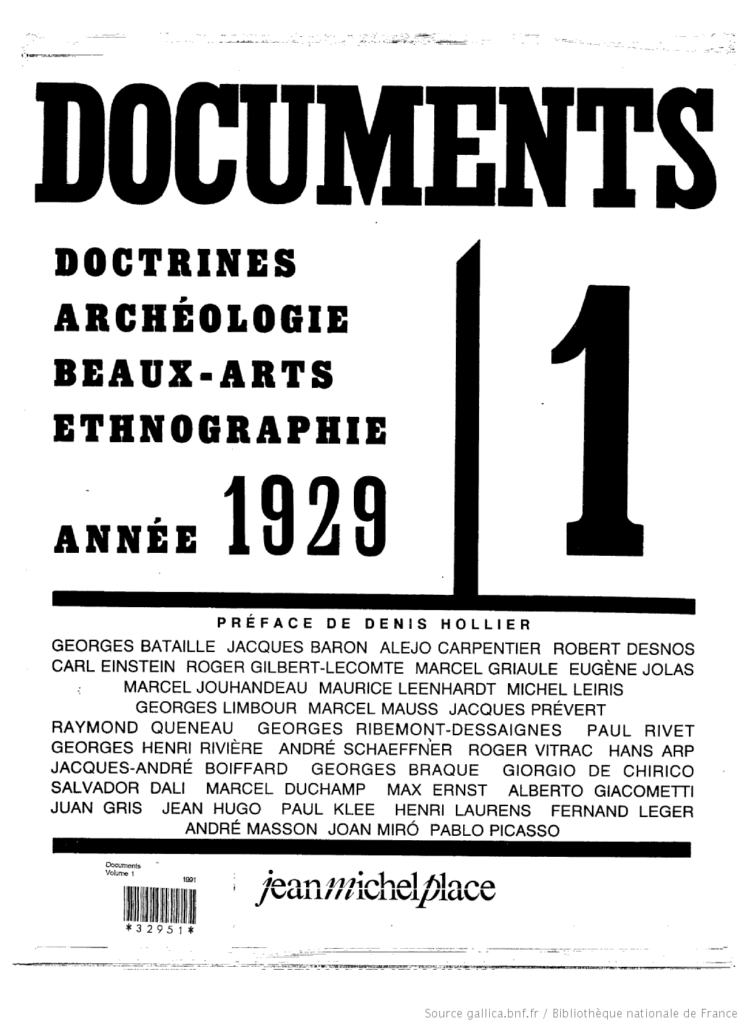
While reading Rivera’s work, I find myself constantly returning to questions regarding my current writing, which has to do with AIDS history and its remembrance. This is not to say that some particularly explicit through-line exists between Rivera’s work and my own – his writing is expressly concerned with undocumented Latinx people, whereas mine is largely focused on a handful of well-known gay artists and writers. These categories are by no means exclusive, of course, although they invoke vastly different historical and political stakes. All the same, while reading Rivera’s work, certain refrains feel undeniably familiar: in writing on AIDS, I have similarly been forced to depend upon deficient, perhaps even false, historical documents in order to construct an understanding of a time in which I wasn’t alive. This is to say that the historical accounts of AIDS that I critique in my writing also, paradoxically, constitute the bulk of my understanding of that moment in history.
In what follows, I examine a few loose associations between Rivera’s preoccupations and my own, without providing the illusion of some concise analogy between the two. Much like Rivera’s writing, which rearranges terms, documents, and histories in order to reveal hidden structural associations, I recontextualize a set of shared themes that exist between our respective writing interests, pushing them out of their immediate content-concerns and towards a larger consideration of the practice of writing through documents, or writing from the context of a particular body and moment in history. These are not definitive statements, but rather jumping off points for further associative thinking.
Haunted Objects
Documentation, Rivera contends, is a necropoetics. Undocumented people are absented from the official body politic, yet simultaneously reappear as ghosts trapped within the documents that absent them. Neither fully absent nor present, they haunt, “the ideological state apparatus, which feeds on documents that are needed to exercise control over mortality and life… [revealing] its need for bodies, both living and dead, rendered through and as paper” (Rivera). The undocumented are both immaterial, as spectral whispers felt through the physical object, and material, as preserved through the physical object itself. Rivera turns towards an affective register: these documents open his “pineal eye,” allowing him to see and feel the phantasmic presence of the dead as it saturates material documents. Affective sensation allows Rivera to move beyond the immediate constraints of the historical documents at hand, drawing out the hidden necropolitical logic that binds them together. As Rivera puts it, the document, “creates a specter, who, in the pineal eye… exceeds ontological oppositions between absence and presence, visible and invisible, living and dead” (Rivera).
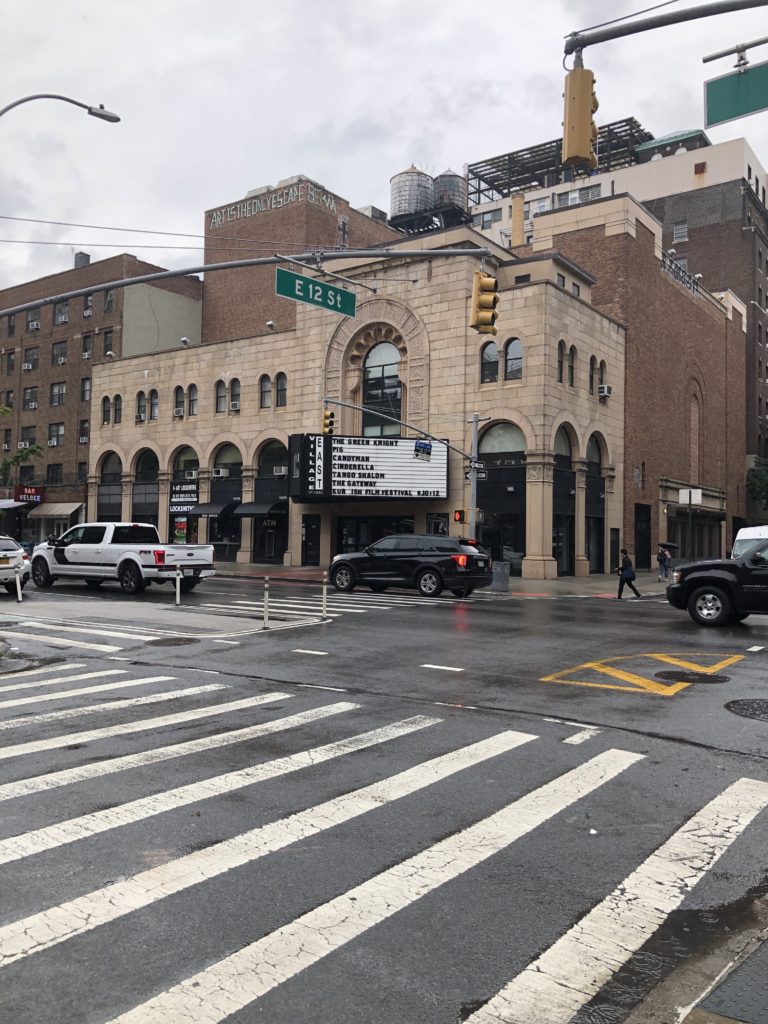
The final home of artist and AIDS activist David Wojnarowicz, photographed this past September while visiting New York.
In her essay “Haunting the Queer Spaces of AIDS,” Jules Gill-Peterson recounts visiting the sites of several famous ACT-UP/NYC demonstrations. She is struck by the affective emptiness of these spaces, whose names populate countless historical accounts and memoirs of AIDS activism. Employing Derrida’s concept of hauntology (a term which also appears in Rivera’s account of the spectral presence of the undocumented), Gill-Peterson contends that “spaces of AIDS” exist in two temporalities simultaneously, epidemic and endemic, arrested between the immaterial memory of the dead and the material reality of the living. Epidemic time is that of the 80’s and 90’s, during which AIDS presented the prospect of an uncertain annihilation. Epidemic time is saturated with affective urgency, or the need to make visible the erasure of queer life through a “politics of feeling together” – this immense urgency, Gill-Peterson contends, would come to directly influence queer theory’s tendency towards affect and epistemology. Endemic time, on the other hand, is our present. It is a moment in which HIV/AIDS is no longer animated by a dire or apocalyptic sense of urgency, but rather mediated through biopolitical measurements of population, healthcare systems, and global distributions of wealth. The felt urgency of epidemic time persists on in endemic time, sensed as an afterglow haunting the “spaces of AIDS” and AIDS art, yet has no strategic target to fix itself to – in Gill-Peterson’s words, “the spirit of its politics and that spirit’s ghosts are not actually or only the ghosts of those who have died or will die from HIV/AIDS, but rather the haunting originary of the rift between the time in which ACT UP’s politics were born and in which they are no longer effective” (Gill-Peterson).
Gill-Peterson is pushed away from, rather than drawn to, affect. In opposition to queer theory’s infatuation with epistemological and affective thinking, Gill-Peterson argues for an ontological approach to HIV/AIDS in endemic time, one which foregrounds the material realities of being in this present moment over the feelings invoked by representations of a past moment. In this context, the sensing of a spectral trace within particular objects, spaces, or documents, is less a tool for accessing the dead through the material objects of our present, and more so a reminder of a certain generational fissure expanding between the dead and the living, or the yet-to-be-living.
Digital Rebirth
Documentation constantly produces novel forms of existence for the undocumented. “While we live in a world that catalogues every document and creates wiki pages for every moment,” Rivera writes, “we also live in a world where real flesh-and-blood people are made and unmade as inanimate lifeless documents” (Rivera). As new forms of documentation emerge, evolving from physical archives to digitized recordings, documentation’s ideological role shifts – “documents,” as Rivera puts it, “resurrect the social imaginary,” producing new conceptions of past life in the cultural consciousness of the present (Rivera). These progressive developments in the democratization of documentation are transformations to the categories of documented/undocumented themselves, insofar as they fundamentally alter the context within which the boundaries between documented and undocumented are negotiated. For instance, a video of migrants crossing the US-Mexico border and a census report approximating the number of undocumented people living in the US each serve distinct functions. The former is widely accessible and easy to distribute. It renders visible the human faces behind the title “undocumented,” using pathos to stoke a rage which is alternately directed at either the US government or the migrants themselves, depending on the viewer. The latter is clinical, devoid of pathos, and relatively unpublicized, intended primarily as data collection for governmental agencies. The video, it should go without saying, is a relatively newer form of documentation, effectively supplementing, without replacing, older forms like the census.
AIDS, as Paula Treichler famously dubbed it, is an “epidemic of signification:” it is often called the first “post-modern” disease, due in large part to its historical intersection with the popularization of cheap hand-held cameras, around-the-clock televised reporting, and a nascent internet culture (Treichler). Much of ACT-UP’s activism depended upon a certain media-savviness. Activists would document demonstrations and protests using cheap recording devices, with the express goal of producing images that might counter the mainstream media’s overwhelmingly homophobic coverage of the virus. These counter-documents were sent to local news outlets, used in video and visual art pieces, stored in private libraries, and distributed as educational material – rarely, however, were they archived. The ostensible effect of this strategy, in which documents were produced in order to be weaponized in the service of short-term ends, was the seemingly rapid disappearance of evidence that AIDS activism had, in fact, happened – as Sarah Schulman writes, “something had happened between A and B. Something had been erased… what was the mechanism that obscured the reality [of AIDS] and replaced it with something false, palatable, and benign?” (Schulman).
In recent years, there has been a palpable resurgence of interest in AIDS activism. Social media has played a considerable role this resurgence, fueled in large part by a string of wildly viral Instagram accounts, including @lgbt_history, which shares images and biographical accounts of various figures that its creators deem as belonging to a shared “queer history,” and @theaidsmemorial, which reposts pictures of people who have died of AIDS submitted by surviving loved ones. On a smaller scale, accounts like @ward5b have also gone about digitally cataloging bathhouse posters, harm reduction manuals, and other physical ephemera produced around the epidemic. For many people born after the height of the American AIDS epidemic, accounts like these provide a direct introduction to the history of AIDS and AIDS activism.
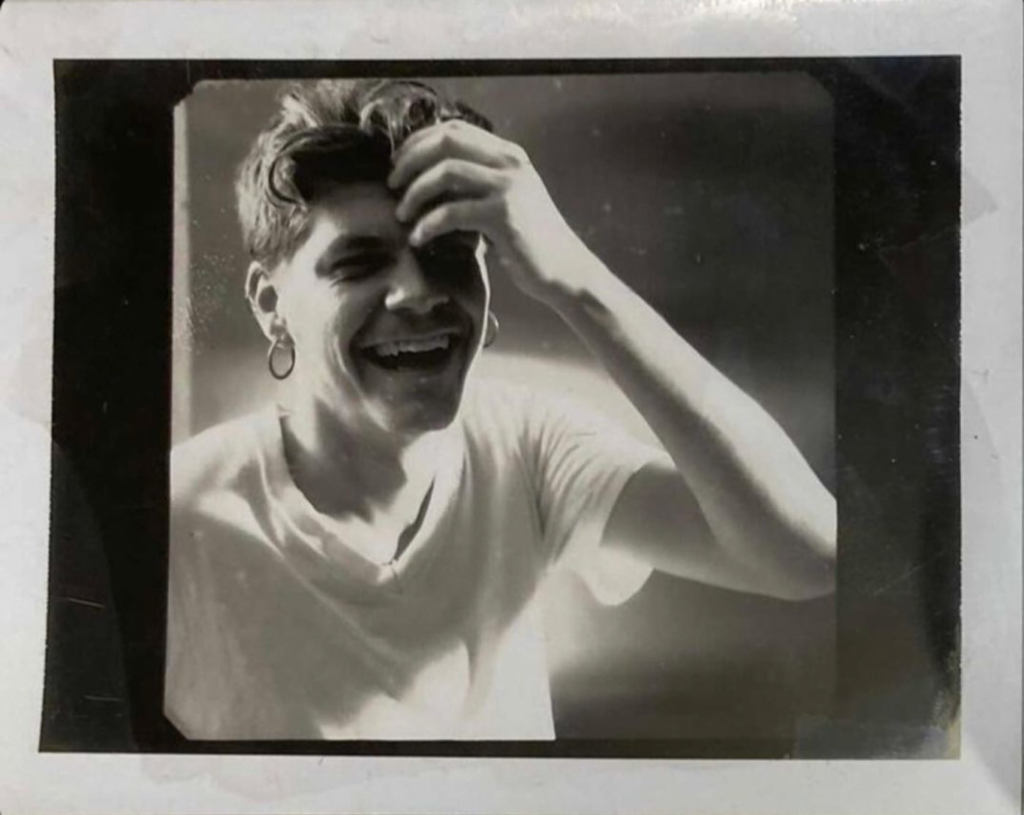
Portrait of Rod Sorge, a leading advocate for needle exchange programs during the height of the AIDS epidemic. Photo reproduced from the Instagram account @ward5b.
While these digital platforms, perhaps admirably, streamline and compile records of AIDS’ early years, they undoubtedly peddle in a type of simplifying erasure, reducing complex personal histories to pathos driven, digestible bites of information. In response to this reduction, surviving ACT-UP members like Sarah Schulman and Jim Hubbard have taken it upon themselves to retroactively produce archives of first-hand activist testimonials, most notably embodied in the ACT UP Oral History Project, an online, publicly accessible compilation of several hundred hour-plus long interviews with members of ACT-UP/NYC. Responding to what she determines to be false depictions of ACT-UP’s history, Schulman writes, “that is not what happened. I know, I was there” (Schulman). The underlying implication here is that if only the proper amount of factual information could be compiled, if only the pure-and-hard facts of “what happened” were carefully documented and laid forth, the question of AIDS history might be justly settled – Schulman’s newest book is tellingly titled Let the Record Show, a riff on the 1987 Gran Fury art installation of the same name.
And yet, this digital rebirth of AIDS history is not merely an act of erasure or willful distortion. Speaking on the digitization of once forgotten images, Hito Steyerl contends, “the condition of the images speaks not only of countless transfers and reformattings, but also of the countless people who cared enough about them to convert them over and over again, to add subtitles, reedit, or upload them” (Steyerl) (my italics). Real flesh-and-blood people are responsible for this digital resurgence of AIDS-related content, people who care enough about such content to restore it and see it put back into circulation. Many of a younger generation have, in a very real way, developed a sense of AIDS history, not to mention their respective places in such a history, through these images. To say that a younger generation’s encounters with such material are simply false, or willfully ignorant, is to arrest the cultural negotiation of AIDS and AIDS history in a past moment. This isn’t to say that such digital archives are ostensibly “better” or “worse” at reflecting some greater truth about AIDS, but simply to point out that they undoubtedly augment the cultural landscape through which the living mediate their relationship to the dead – to return to Steyerl, these types of digital images are politically ambivalent. In an echo of Rivera, the progressive development of forms of documentation produces a type of dialectical effect: certain truths and realities about the dead and/or undocumented are erased through the absenting of information, while new possibilities for resurrecting their presence are, simultaneously, born into existence.
Proof of Life
Rivera takes his own birth certificate as an object of study. Born in Harris, Texas on September 10th, 1969, Rivera is documented as “Caucasian.” His parents, who are Mexican, periodically labored in the fields of El Campo, Texas, moving around in accordance with the competing pulls of the bracero program, which promised Mexican laborers legal entry into the US for work-related purposes, and Operation Wetback, which sought to forcibly remove Mexican immigrants, some of whom were documented as American citizens, from the US. Rivera’s legal status as Mexican-American, as he puts it, is, “a circumstance of documentary racial history.” Colonialism’s demand for material labor, or its necropolitical maintenance of migrant populations, created the conditions for Rivera to be born a US citizen. This racialized history is then rendered, in the form of a necropoetics, in a piece of paper which certifies Rivera as living.
47 years later, Rivera takes the RAISE Act test and fails. Were he born into a different moment in time and space, he would have been barred from entering the US. Instead, Rivera holds an American passport, a secondary document, based upon the primary documentation of his birth, which enables him to travel the world with ease. Elsewhere, as DACA is thrown into a state of limbo, members of his extended family are forced into hiding, materially displaced due to their lack of that particular necropoetic title, “Mexican-American.” These gaps in documentation, produced by the simple possession, or lack thereof, of a piece of paper testifying to one’s existence, continue to produce new patterns of movement, forcing some into legal jeopardy while reaffirming others’ right to move freely. In this sense, documents produce deep contradictions for Rivera, one’s which play out in real time as he weighs his own status and mobility against those of his family and loved ones.
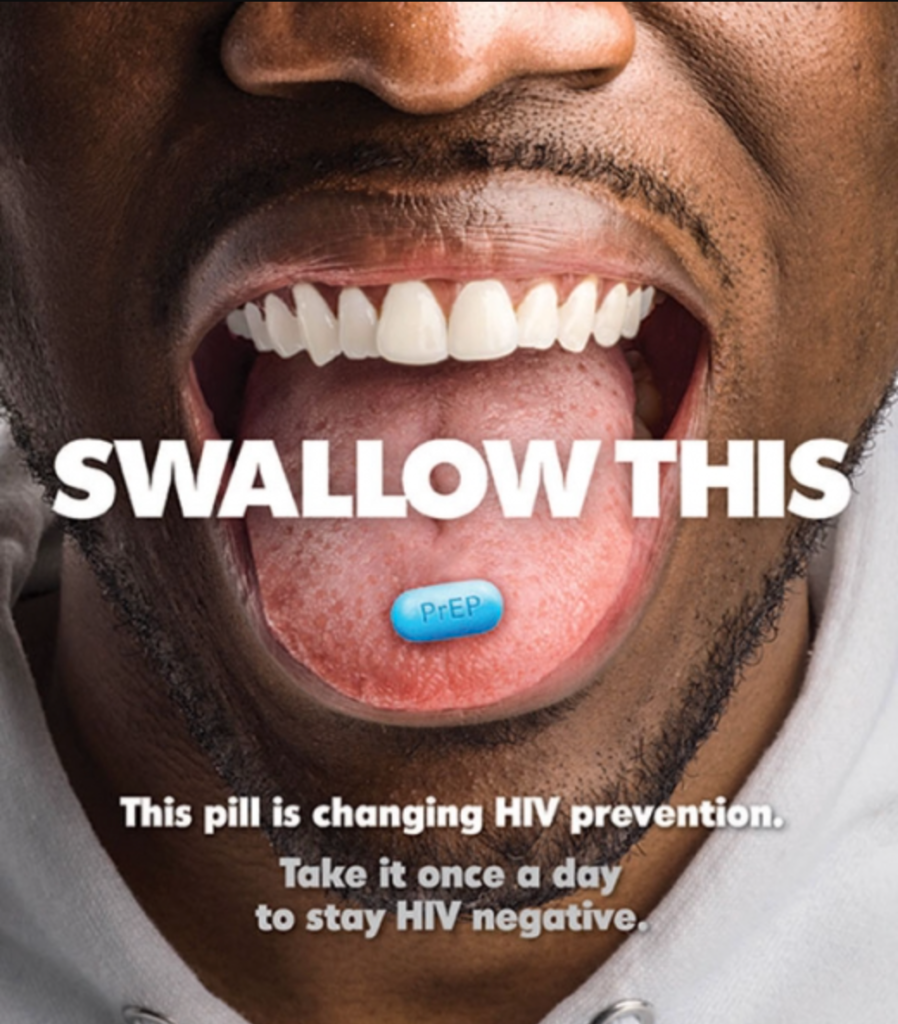
In the fall of 2016, Harlem United, an Upper Manhattan healthcare clinic specializing in HIV testing and prevention, launched a HIV-prevention poster campaign. The posters, which were pasted on the walls of bus stops and subway stations, display a close-up image of a man’s mouth, smiling with his tongue stretched out. He is balancing a blue pill with the words “PrEP” printed on it on the tip of his tongue – the pill is meant to resemble Truvada, the brand name for the antiretroviral medication emtricitabine/tenofovir, which is currently the only FDA approved medication for preventing HIV contraction in “high risk groups” (PrEP, or pre-exposure prophylaxis, is the colloquial name for this drug combination). A chunk of bolded white text, which evocatively reads “SWALLOW THIS,” is printed over the man’s outstretched tongue. Additional text towards the bottom of the image encourages passers-by to “take it once a day to remain HIV negative.” In focusing on “remaining negative,” the poster projects an casual assumption regarding its audience: they have not yet contracted HIV. An implicit message undergirds the poster’s relatively bare design: “If you are reading this, you are still among the healthy – in order to continue to be healthy, consider taking PrEP.” The audience, in other words, is marked as being safely among the living, not yet cast off into that liminal space between life and death implied by viral infection.
This poster bears a necropoetic mark. Given the overtly erotic subtext of the poster, one can’t help but imagine a different version of the same image in which the man is swallowing another substance known to spread, rather than prevent, HIV. The idea that people might have died for swallowing the wrong thing is implied in the poster obliquely in the form of a crude punchline, as if meant to reassure the poster’s viewers that they are in on the joke, that they certainly know better when it comes to making the decision of what to swallow. In this sense, the image erects a clear binary between two states of being: the living, uninfected individual who responsibly maintains their health, and the infected other who exists somewhere between life and death, predisposed to the constant threat of dying due to their failure to meet the requirements of a biopolitical regime. In locating HIV-negativity as an assumed starting point, the poster effectively flattens out and absents the history of AIDS as a still unraveling phenomenon. The dead and infected exist as both absent (in so far as the poster projects an assumption of negativity upon its audience), and present (as the implied alternative to “remaining negative,” or the implied notion that there other things people can, and have, swallowed instead). They exist within the poster as specters, propping up its promise of a healthy life. In this sense, the poster abstracts the stakes of contracting AIDS: the virus is decontextualized, no longer recognized a distinct historical event fueled by necropolitical manifestations of homophobia, racism, drug stigmatization, and so on. Through the poster, AIDS is instead repackaged in the form of a biopolitical question of risk-assessment, healthy choices, and body maintenance.
It is a well-established fact that HIV-positive people are capable of reaching, as well as maintaining, an undetectable viral load (which means, among other things, that they do not present symptoms of HIV infection and cannot infect HIV-negative people, regardless of the circumstances of potential transmission) indefinitely if provided adequate healthcare. A robust healthcare system able to meet the needs of all HIV-positive people could effectively eradicate the virus within the span of a generation or two – HIV cannot continue to spread and reproduce in a situation in which all HIV-positive people are, and remain, undetectable.
That said, models which foreground proper care for HIV-positive people as the most effective form of prevention have, by in large, been ignored by state and healthcare institutions for a simple reason: PrEP is an incredibly lucrative source of income for pharmaceutical companies. In addition to Truvada’s exorbitant price (a month’s prescription generally costs between $1,500-2,000, despite only costing $6 to produce), an endless flow of potentially infectable bodies, or bodies that are constantly faced with the prospect of being cast out from the state of living marked by the term “negative,” implies a potentially endless stream of income for pharmaceutical companies in the form of prevention. The fear of losing one’s negative status compels one to take on preventative measures, thus marking one’s body as a site for profit. Whereas “negative” implies the possibility of a future in which one becomes “positive,” “positive” simply is what it is. Although undetectable HIV-positive people and HIV-negative people have the same life-expectancy, not to mention the same chance of transmitting HIV, one cannot, as of yet, revert back to negativity – while one’s health can resemble that of negativity, one constantly bears the mark of infection implied by the necropoetic term “positive.”
In this sense, similar to Rivera’s analysis of the term “Mexican-American,” the grammatical distinction between negative and positive, on its own, merely reflects the contingent circumstance of being in the right place at the right time – either one happens to contract HIV, or one doesn’t. The material violence undergirding the fear of becoming positive, or the fear of slipping into a liminal space between life and death, is not an intrinsic quality of positivity itself. Rather, this violence is produced through the continually shifting management of bodies in the interest of capital. Positivity is not violent due to a a lack treatment options, but rather due to a lack of financial interest in making treatment options available to positive individuals who cannot currently afford them.
In an echo of Rivera’s analysis, the designation “positive” takes on a necropoetic quality, condensing complex histories of capital and healthcare into a single grammar which symbolizes a permanent state of being in between life and death. Positivity appears as the present-absence implied in the discourse of HIV-prevention, a spectral remainder of those bodies that have been absented from the category of healthy life, bodies which are simultaneously remade as present once again in the form of the fear which undergirds the dominant messaging around HIV-prevention. Whereas the designation “documented” indicates a level of relative safety from the state’s attempts to manipulate and control migrant labor, however, its metaphorical corollary “HIV-negative” indicates an active or heightened involvement in the production of capital through one’s body. Similarly, whereas “documented” represents a permanent state of national belonging, against which undocumented people exist in various states of precarity, “negative” implies a continual state of varying degrees of precarity, against which “positive” exists as a threat of permanent infection.
These two couplets, “documented”/“undocumented” and “negative”/“positive,” mirror each other in a sense, insofar as they both constantly reproduce the boundaries between life and death, creating both visible, “living” subjects (the documented, the negative) and neither fully “alive” nor fully “dead” specters (the undocumented, the positive). At the same time, they carry out this process in inverse manners, employing opposing conceptions of permanence/precarity and targeting opposing figures (the undocumented, or invisible, vs. the negative, or visible) as the primary site of profit extraction. In this sense, these two couplets reflect a greater tension that runs through the entirety of this essay: on the one hand, the conceptual similarities which exist between Rivera’s analysis of the undocumented and my own engagements with AIDS suggest the possibility of a general theory of documentation, one perhaps capable of traversing vastly different political and historical contexts. On the other hand, their simultaneous divergences suggest a type of inseparability between specific documents and their historical context, one which would render a general theory of documentation impossible. These divergences, then, imply the following question: is it possible to ask the question, “how do you document the undocumented?,” or to even talk about “documents,” without already having a particular set of documents and histories in mind? Does documentation, by virtue of its endless renegotiation of the space between life and death, impose a distinct subjective relationship to documents upon each individual, determined by one’s place in space and time? If so, is the question, “how do you document the undocumented?” a personal question above all else, one inescapably tied to the contingencies of the asker’s lived history?
Works Cited:
Gil-Peterson, Jules. “Haunting the Queer Spaces of AIDS: Remembering ACT UP/New York and an Ethics for an Epidemic.” GLQ, vol. 19, issue 3, 2013, pp. 279-300.
Rivera, John-Michael. UNDOCUMENTS, University of Arizona Press, 2021.
Schulman, Sarah. The Gentrification of the Mind, University of California Press, 2012.
Steyerl, Hito. “In Defense of the Poor Image.” The Wretched of the Screen, Sternberg Press, 2013, pp. 31–45.
Treichler, Paula. How to Have Theory in an Epidemic, Duke University Press, 1999.